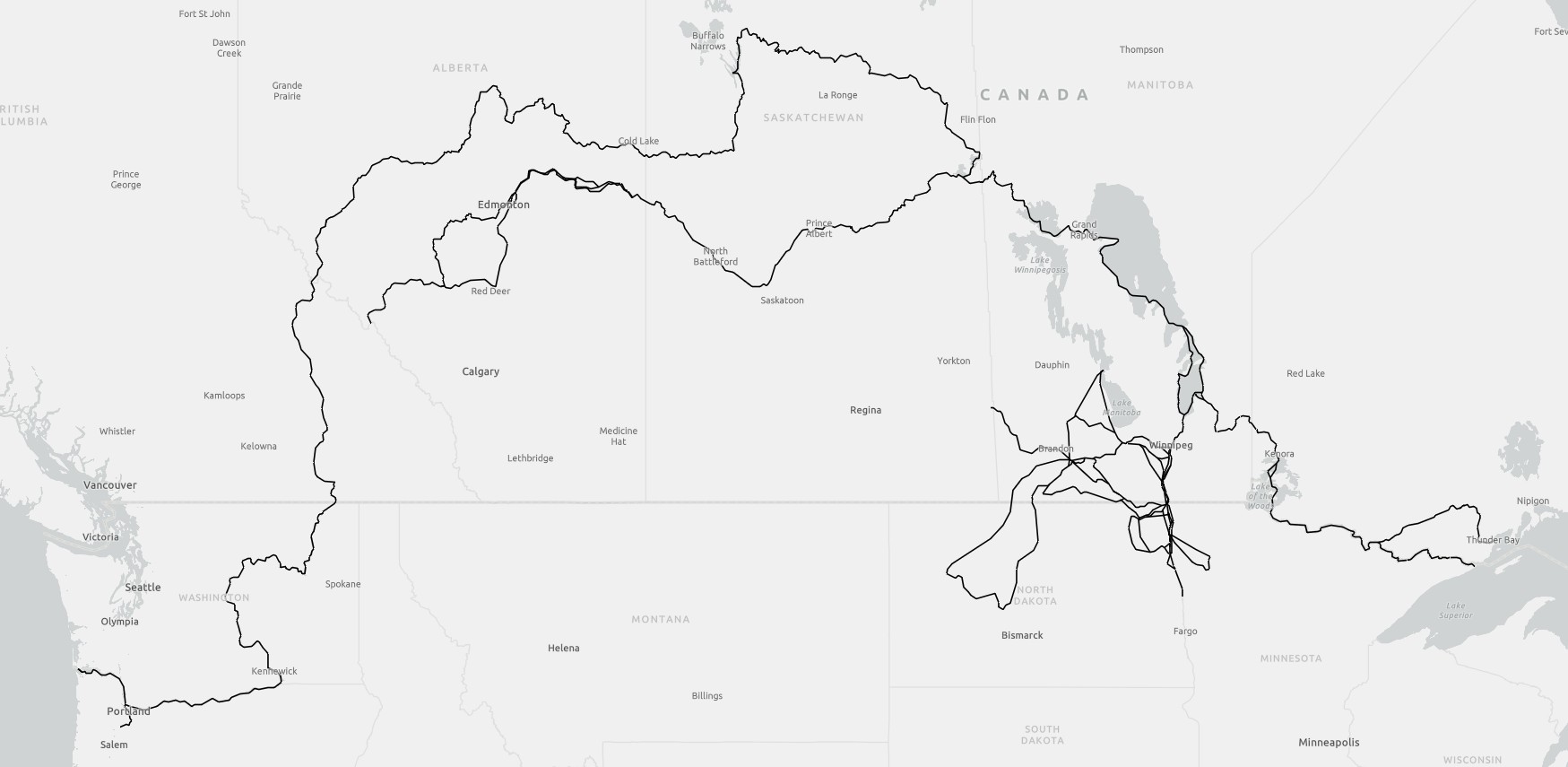The Travels and Explorations of Alexander Henry 'The Younger' 1799-1814

An artistic rendition of Alexander Henry
Alexander Henry the Younger was born in 1765 into a family deeply tied to the fur trade. He was the nephew of Alexander Henry the Elder, a Montreal merchant and fur trader and was raised in a world where the fur trade offered both opportunity and danger, and his uncle’s reputation and connections helped him enter the profession.
In 1792, Henry joined the North West Company (NWC), the powerful Montreal-based firm that rivaled the Hudson’s Bay Company (HBC) for dominance of the fur trade. Assigned to the lands west of Lake Superior in present day North Dakota and southern Manitoba, Henry soon distinguished himself not only as a capable trader but also as a meticulous chronicler of daily events. Over the next two decades, he worked in the western posts of the company, frequently moving between the Red River, Assiniboine, and Plains territories, where the fur trade depended heavily on relations indigenous communities. His responsibilities included negotiating trade, organizing brigades, securing provisions, and managing the constant logistical challenges of life in the interior.
What set Henry apart from many of his contemporaries was his keeping a detailed daily journal. Henry was an astute naturalist. He recorded almost everything he saw: the rhythms of the buffalo hunt, the seasonal movements of Indigenous families, the operations of fur-trade posts, weather, plants and the natural environment. His descriptions of Plains bison are among the most valuable ecological records from the era. He noted their migration, wallowing habits, and the techniques Indigenous hunters used to pursue them. His accounts of Métis and First Nations communities reveal the complexity of relationships in the trade, portraying not only economic exchanges but also marriages, kinship ties, and cultural sharing.
In 1807, the North West Company was pushing further west over the divide, seeking to establish trade routes to the Pacific Ocean. In 1811, Henry accompanied David Thompson, as part of the company’s effort to maintain a foothold in the Columbia River basin. Henry was eventually sent to the newly purchased Fort Astoria and in May 1814, would lose his life when the boat ferrying him to HMS Isaac Todd capsized and all aboard were drowned. His untimely death at age 49 cut short a career that had combined commerce, exploration, and careful record-keeping.
Henry’s travels were researched from his published journal and other records. From the completed research, spatial data was created and is organized into the fields Year, Route, Leg, Departed, Arrived, Origin, and Destination. The data is in ESRI shapefile format and can be acquired HERE.
A Map of Alexander Henry the Younger’s Travels and Explorations 1799-1814

